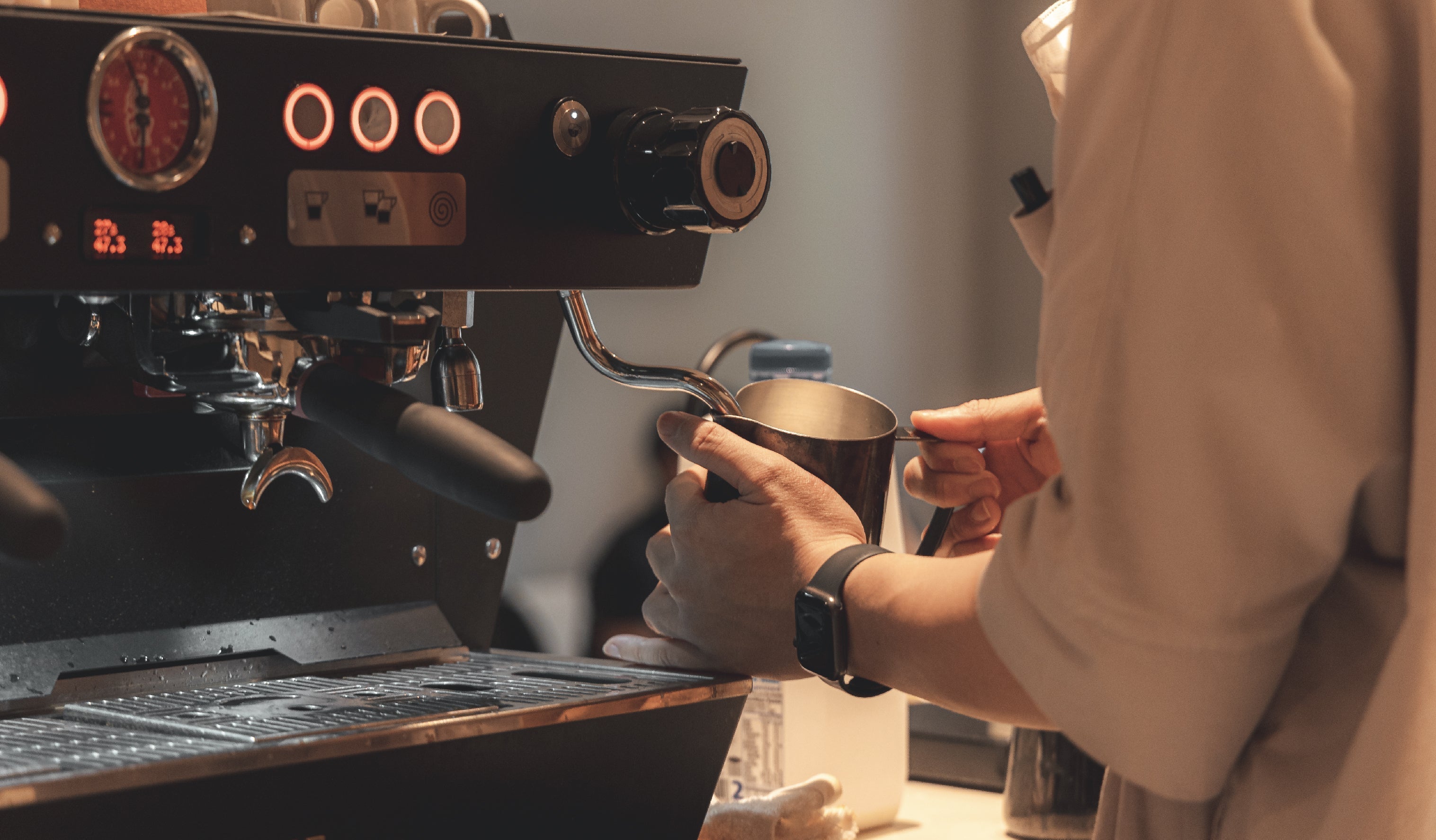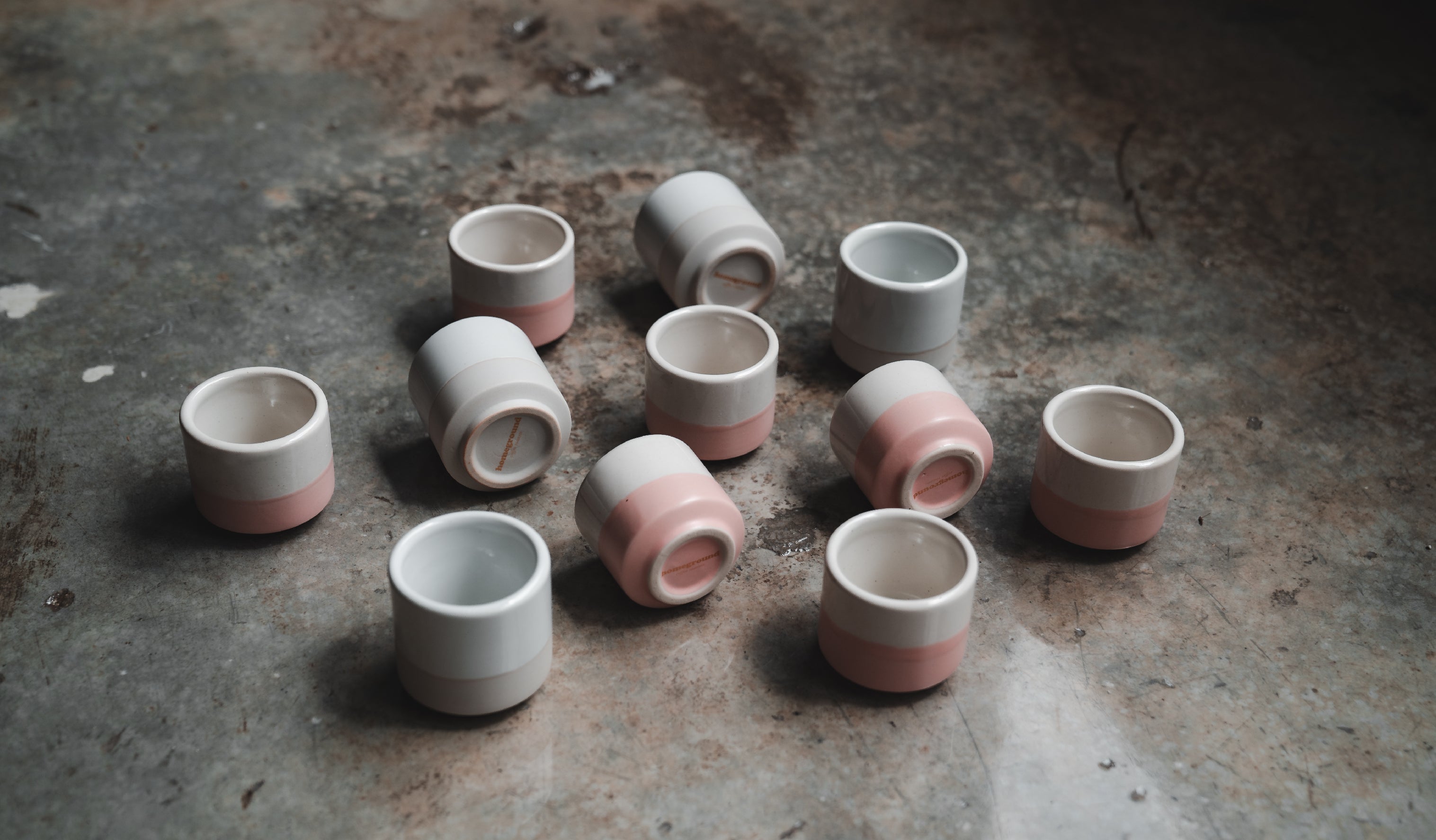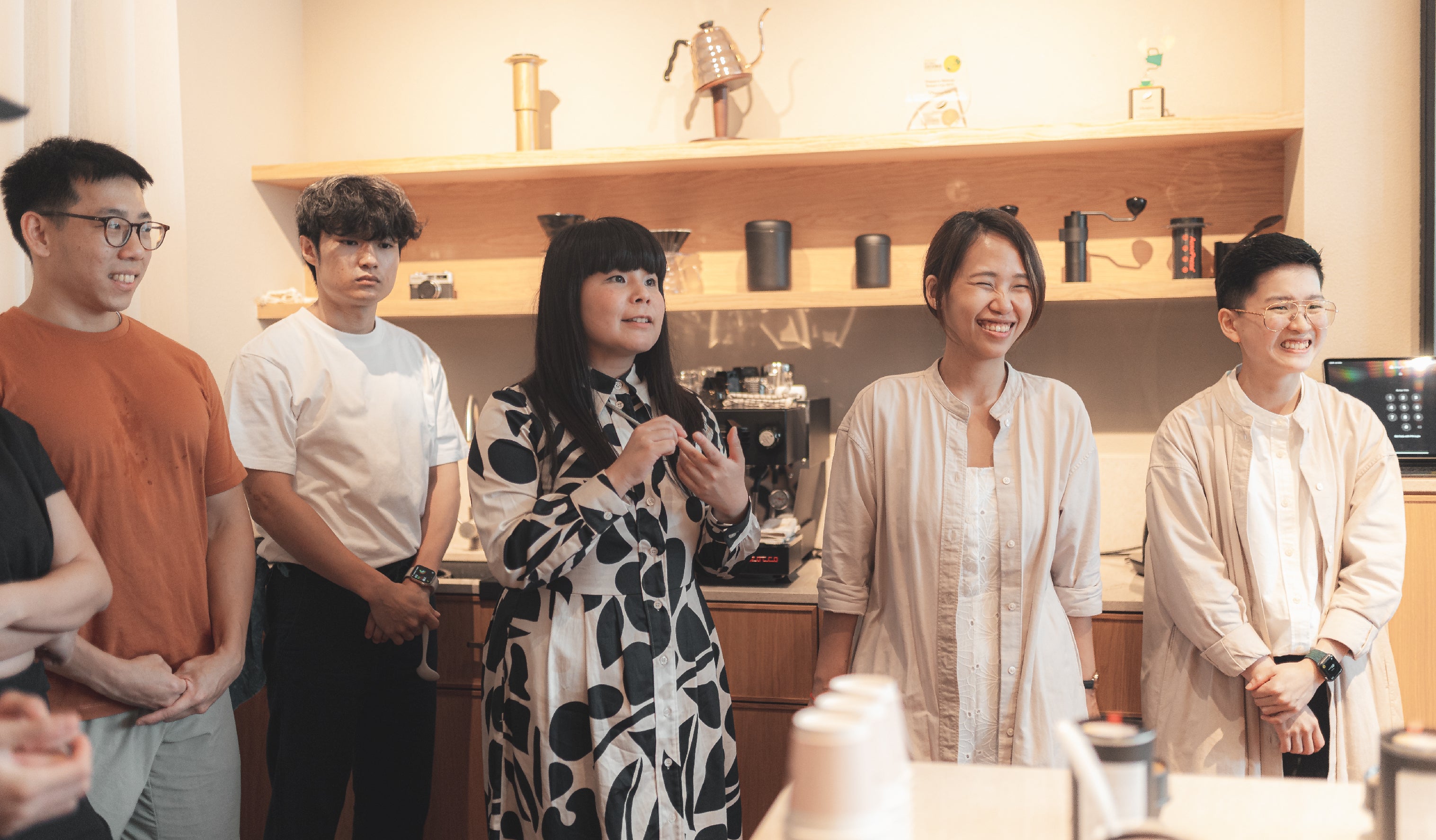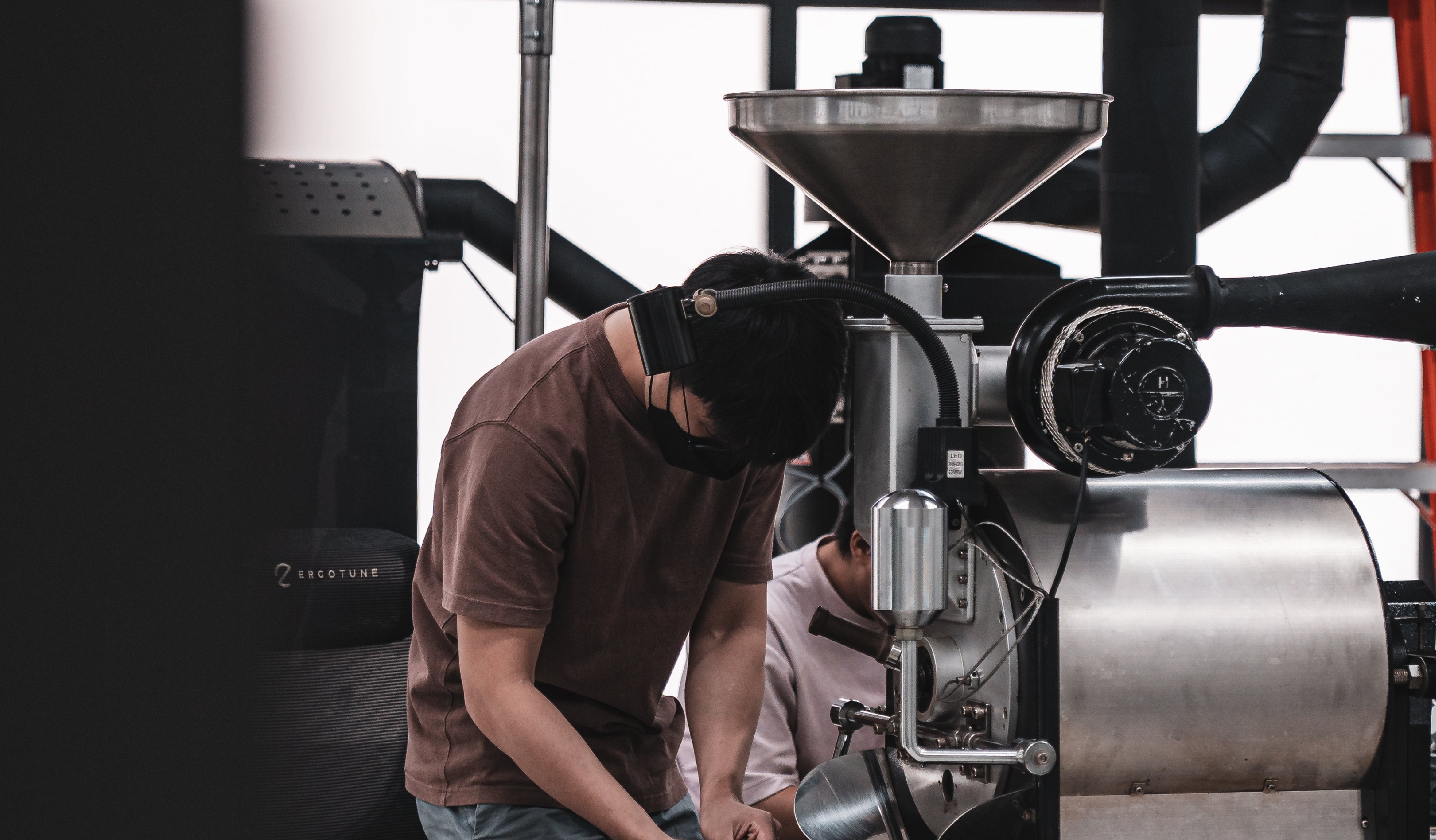About Roasting
Homeground Coffee Roasters, is, at heart, a coffee roaster as much as it is a café. We take pride in the quality and variety of coffee beans that we serve on our bar and on our retail shelves for home brewers, wherein from brewing any one of our coffees to the next, achieving good cups of coffee from these uniquely distinct coffee beans is often an easily replicable process for home brewers.
As a coffee roaster, our profession involves mastery over the art of manipulating heat energy in a roasting machine, and the transfer of this energy to green coffee beans in a way that fully develops the flavours of the coffee bean.
Energy and Heat
Having a firm grasp on the concepts of heat energy and its transfer requires an understanding of the various methods through which this energy is passed from the roasting machine to the coffee beans.
Heat energy is transferred through the processes of convection, conduction, and radiation. Convection is the heat transfer through the mass motion of a fluid, such as air, as this heated fluid moves away from the source of heat and carries heat energy along with it.
Conduction is the transfer of heat arising from the direct contact between particles, and can be thought of as the transfer of heat energy through the touching of matter without a bulk motion of that matter.
Radiation is the transfer of energy in empty spaces, through the emission of photons or electromagnetic waves, mainly in the frequency range of infrared radiation.
In coffee, most of the measurable energy transfer from roasting machines is done through conduction and convection, with the energy generated from radiation too complex and difficult to measure for practical consideration. Often, a combination of airflow and speed of drum rotations are the two aspects one would adjust to manipulate the convection and conduction energy transferred from the roasting machine to the coffee bean.
The Types of Coffee Roasts
Generally, coffee roasters do two different kinds of roasts as part of their everyday tasks – production roasts, where we roast coffee beans for sale for commercial use and sale in retail shelves; and sample roasts, where we roast smaller batches of coffee, usually to evaluate the potential of the coffee for purchase, or to experiment and refine the roast profile that would be translated into our production roast.
These two types of roasts often use different roasting machines due to different roasting capacities required. Production roasts are often done in batches of a few kilograms, while sample roasts can go as small as 50 grams per batch for efficiency and limited green coffee samples.
Aside from size differences, roasting machines also vary across their functionality and type, which affect the roast curves of the coffee beans.
Roasting Machines
Roasting machines can be generally split into three types: fluid bed roasters, drum roasters, and recirculation roasters.
Built as a cylindrical metal drum that rotates over a heat source, drum roasters roasting machine designs in the market due to its simple design and familiarity with many roasters. While drum roasters of today come in some variations – be it single or double walled drums, heated directly via a flame or through an electric heating element – the principle is pretty much the same. Coffee beans lie in a constantly rotating metal drum, while a heat source heats the drum from underneath.
Here, the heat energy transfer often occurs from the hot drum to coffee beans through the constantly moving air in the drum via convection. However, as the coffee beans often come into contact with the inner surface of the drum, a portion of energy transfer comes from conduction as well. The ratio of convection to conduction in a drum roaster is often approximated at around 70% to 30%.
On the other hand, fluid bed roasters work by continually channeling hot air through a tunnelled chamber to keep coffee beans aloft. Tying it back to the methods of energy transfer, in fluid bed roasters, the air is the main conduit through which heat energy is transferred, making this primarily a convection roaster.
A recirculation machine, while often considered a different class from a drum roaster, is essentially a drum roaster with the addition of a recirculator. This recaptures a portion of the exhaust air from the machine and circulates it back into the drum to utilise the remaining heat from this air. As a result, recirculation machines also transfer heat energy primarily by convection, similar to the fluid bed roaster, with only a small portion of heat energy transfer coming from contact between the coffee beans and the drum of the coffee roaster.
To Each Roaster Their Own
Often, roasters have machines that they are familiar with and very comfortable with roasting coffee in. At Homeground Coffee Roasters, we have the opportunity to try out our various sample roasters and production roasters, fluid bed and drum alike. While not a luxury that most can afford, we are extremely thankful to be able to constantly experiment and strive to roast the best profiles of coffee beans for our customers.
The next time you visit your favourite roaster, perhaps this knowledge can help you to kickstart a conversation with them on their preferences and how this choice interplays with their roasting philosophy and style!
Journal Archive

Milk in World Barista Competitions
An overview of milk concentration methods in coffee competition, focusing on freezing techniques that enhance milk's qualities for great coffee beverages.

How Coffee Cup Colours Affect Your Drinking Experience
Cross-modal perception of colours on the taste of coffee

Learning to enjoy more

Same Coffees Everywhere, All at Once
Why do local specialty coffee shops serve the same coffees?

A study of unexpected coffee production nations

A low down on using puck screens for espresso machines


